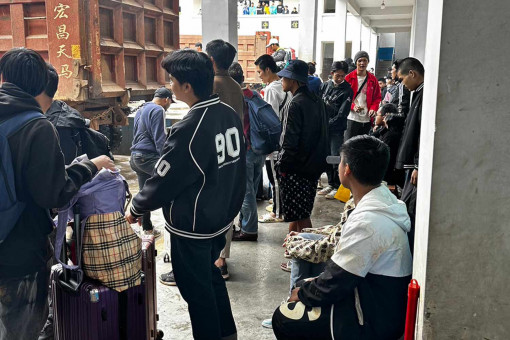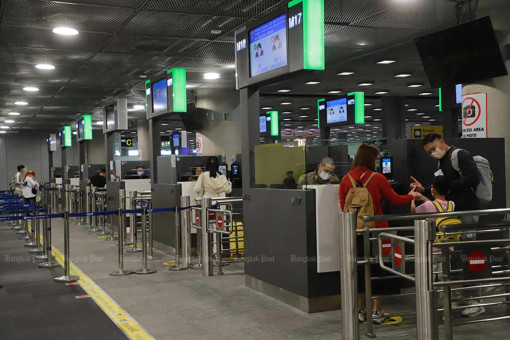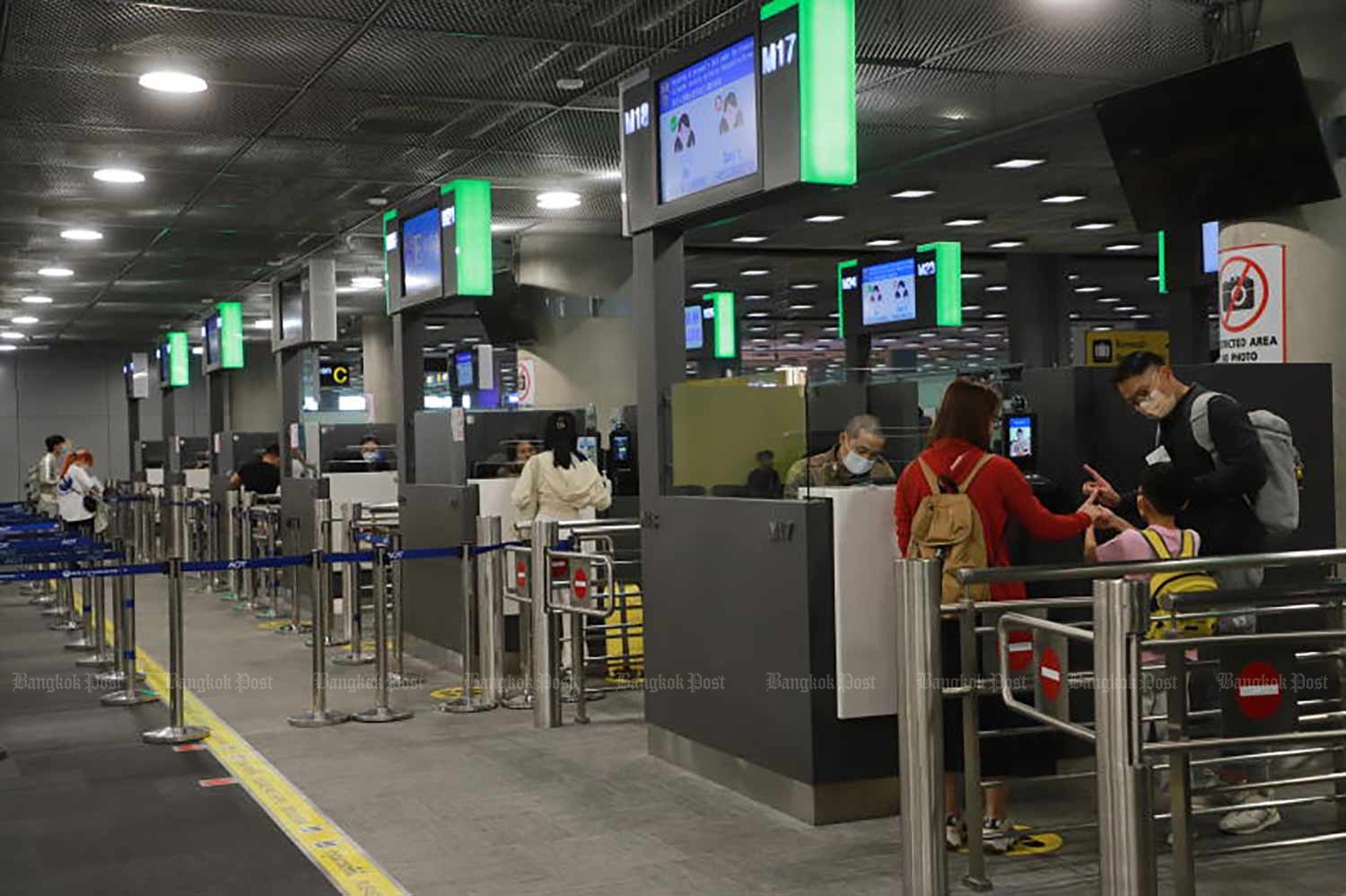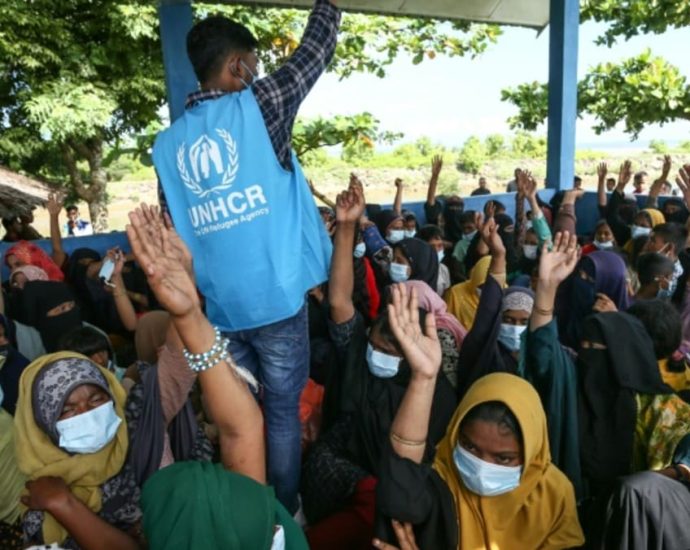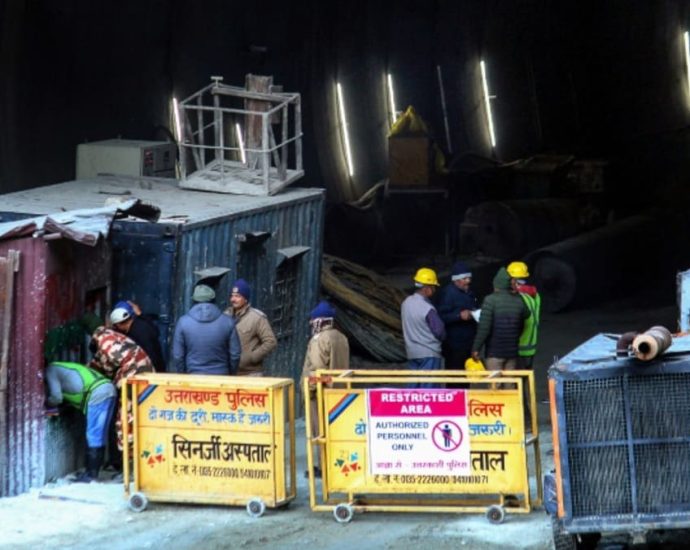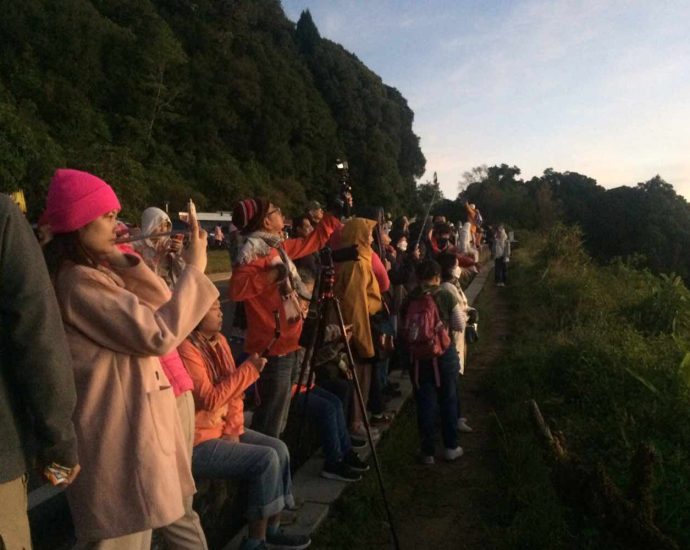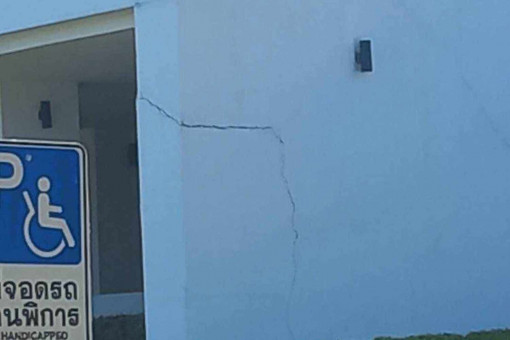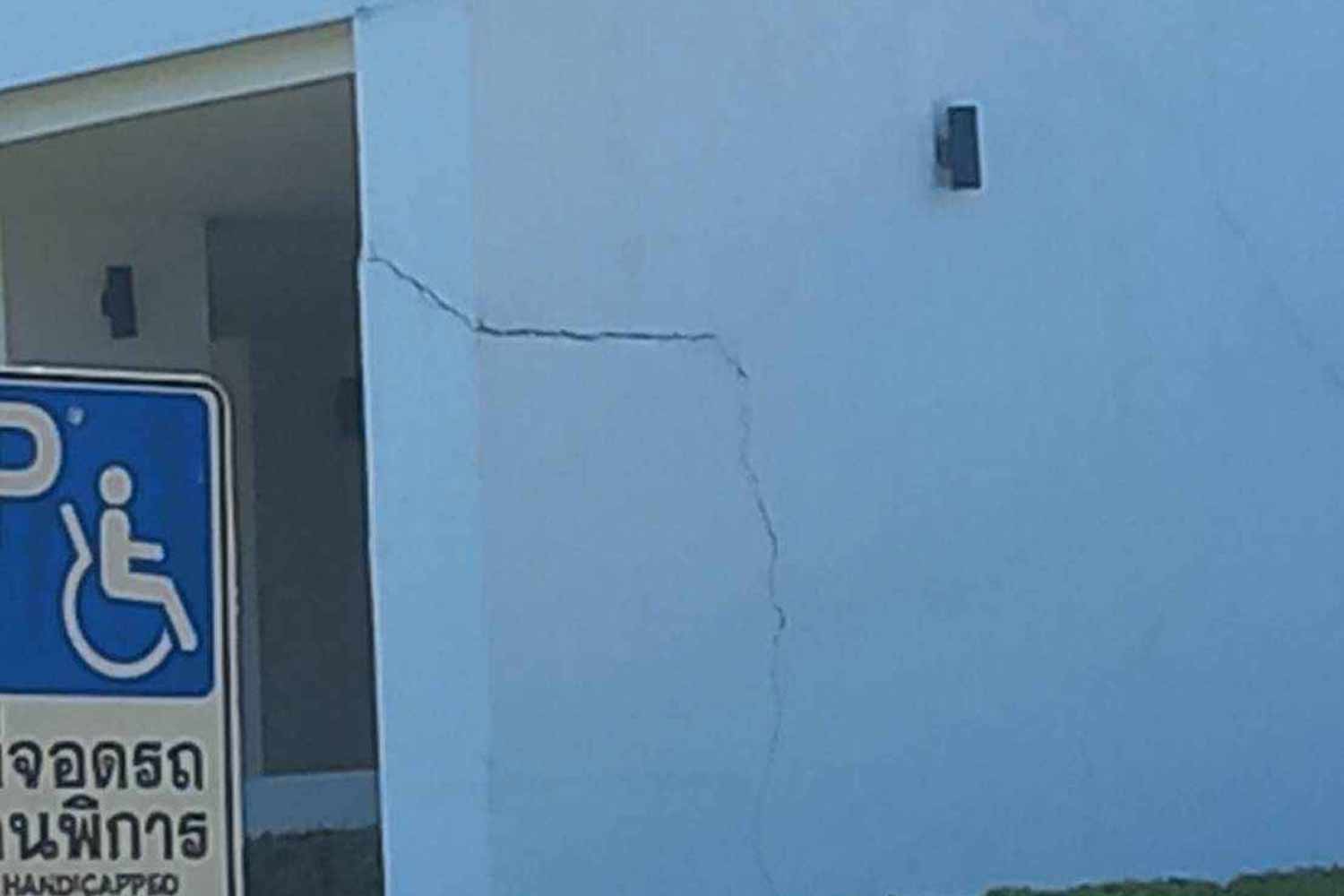Over 200 Thai escapees from northern Myanmar to arrive Sunday night
PUBLISHED : 19 Nov 2023 at 15:48
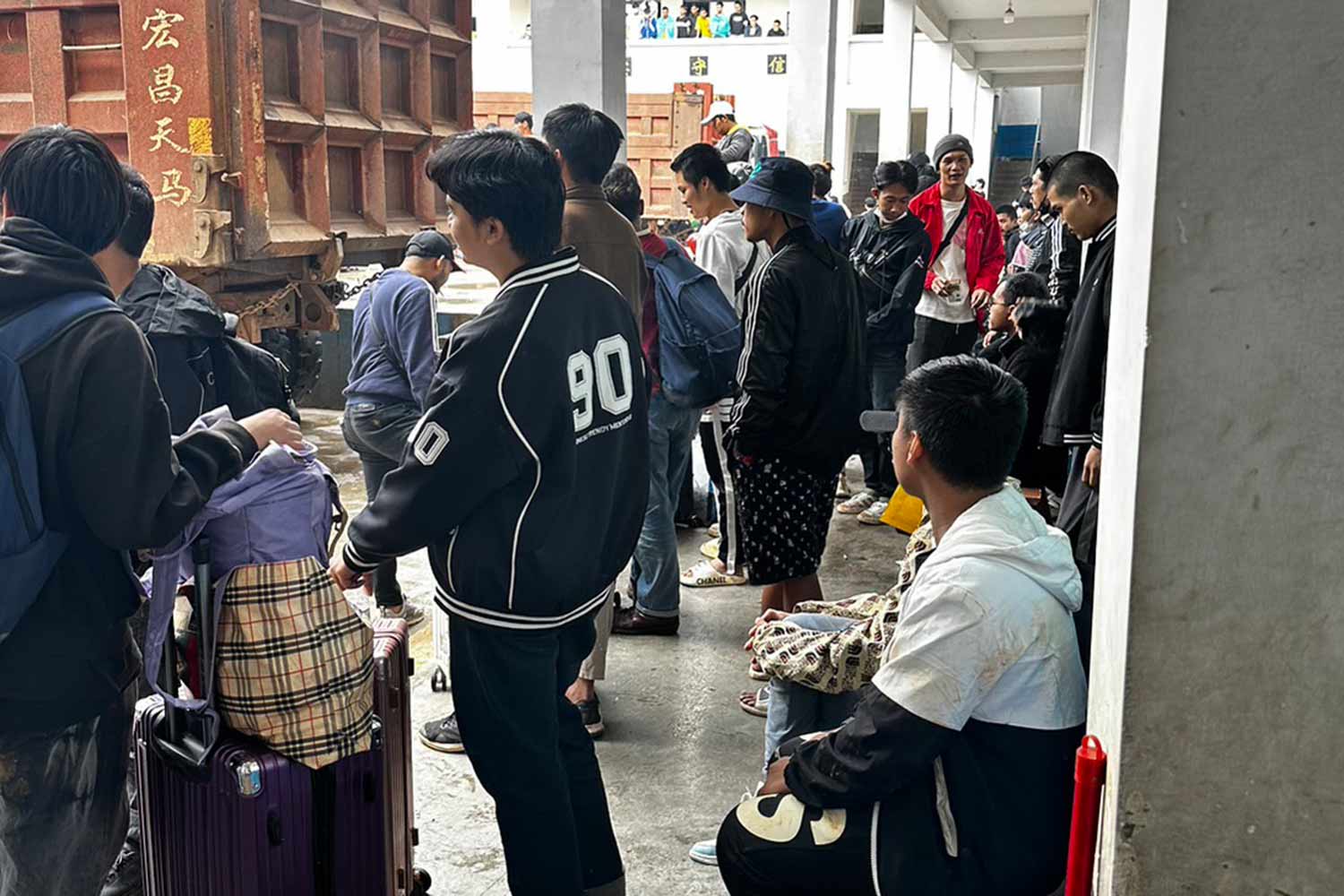
About 260 Thais who escaped from battlefields in Laukkaing town in northern Myanmar will arrive from China late Sunday night, according to the Ministry of Foreign Affairs.
The ministry said that on Sunday Myanmar authorities transported 266 Thais from Laukkaing to its border with China, where Chinese authorities allowed them to enter Chinese territory. From there, they would be flown back to Thailand, the ministry said.
The Ministry of Foreign Affairs chartered two planes from AirAsia and Lion Air to bring the Thai nationals back from Kunming, the ministry said – and when the returnees arrive, authorities will separate victims of forced labour from those involved in transnational crime.
According to earlier reports, call scam centres are located in Laukkaing,and many Thai people were lured to work there. Thai nationals were rescued from Laukkaing in Shan State while Myanmar forces were engaged in clashes with ethnic groups in the town, which borders China.
The Ministry of Foreign Affairs expressed gratitude towards the Myanmar and Chinese governments, together with the Immanuel Foundation, for their care – including the provision of food and clothing for the Thai evacuees during their repatriation process.
The ministry said that Philippine and Singaporean nationals were also rescued along with the Thais.
Officials concerned said that the two chartered flights would arrive at 10pm and midnight Sunday night.
They would return after 41 other Thais who escaped from Laukkaing to Kengtung.

